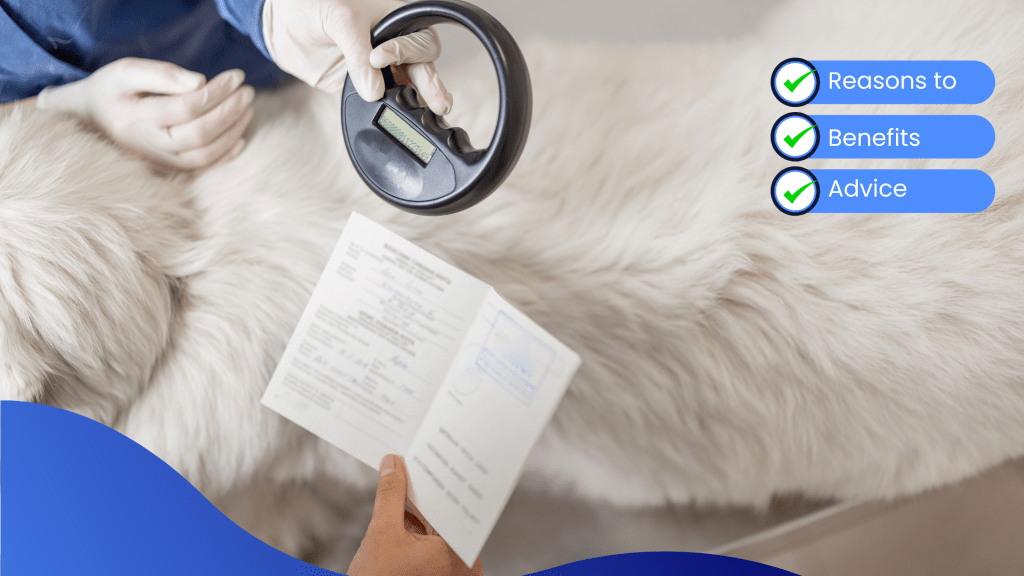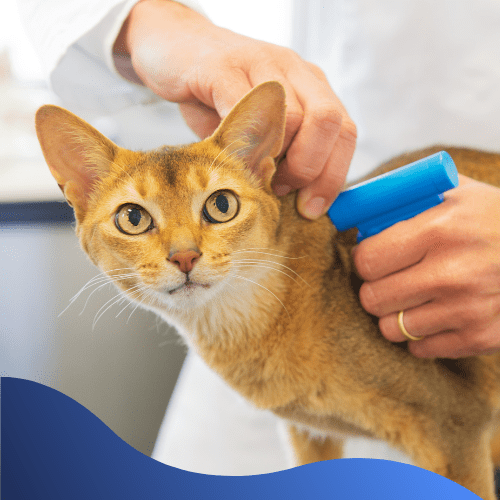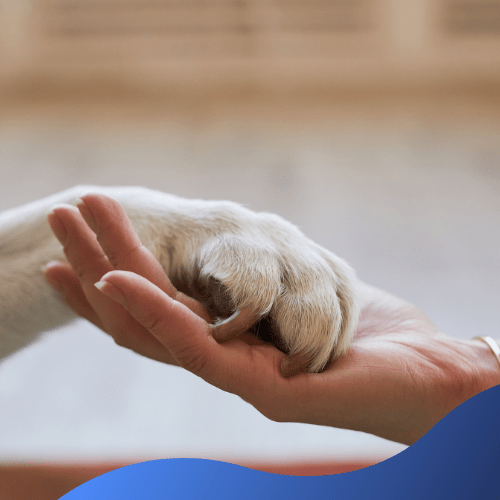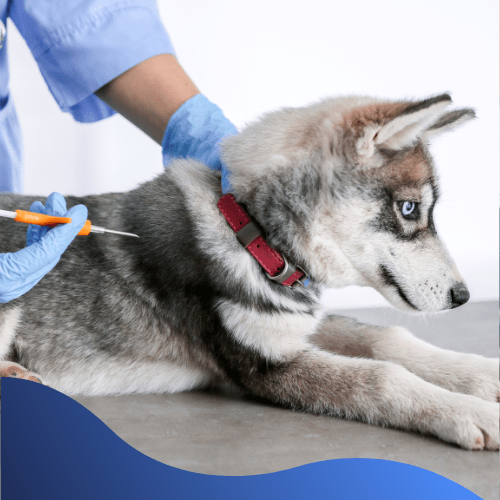
Microchipping your pets offers several important benefits, making it a valuable practice for pet owners.
A pet microchip is a small electronic chip implanted under the pet’s skin, containing a unique number that a scanner can read, providing a quick and easy way to monitor your pet.
Key Reasons To Microchip Your Pet

Permanent Identification
Unlike collars and tags, which can fall off or be removed, a microchip provides permanent identification for your pet. It contains a unique identification number that can be linked to your contact information in a pet registry database.
Reunification
If your pet gets lost or stolen, a microchip significantly increases the chances of being reunited with them. Animal shelters, veterinary clinics, and animal control agencies routinely scan lost pets for microchips. If your pet is found and scanned, the microchip number can be used to contact you and facilitate their safe return.


Proof Of Ownership
In cases of disputes over pet ownership, a microchip can serve as irrefutable proof of ownership. The unique identification number linked to your contact information in the pet registry database confirms that you are the rightful owner of the pet.
Legal Requirements
Microchipping your pet may be a legal requirement. This is often the case for dogs, especially in areas with mandatory pet identification and licencing laws. This will also apply to cats as the new Law will be enforced on the 10th June 2024. Failure to comply with these regulations may result in fines or other penalties.


Health & Safety
The process of microchipping is relatively quick, safe, and minimally invasive for your pet. It involves implanting a small chip under the skin, usually between the shoulder blades. Unlike other forms of identification, such as tattoos, microchips cannot fade or be altered over time.
Peace Of Mind
Knowing that your pet has a permanent form of identification can provide peace of mind for pet owners. It offers reassurance that, in the unfortunate event of your pet going missing, there is a reliable means of locating and reuniting with them.

Benefits of Microchipping:
- Will not break or get lost – Knowing that your pet has a permanent form of identification can provide peace of mind for pet owners. It offers reassurance that, in the unfortunate event of your pet going missing, there is a reliable means of locating and reuniting with them.
- Quick & Easy Procedure – A microchip is made of surgical grade glass, Insertion of a microchip is more like an injection between the shoulder blades and less like surgery. No anaesthesia is needed.
- It lasts a lifetime you won’t have to get another chip. Nothing will wear out. It has no moving parts that can malfunction, and no battery that can die and need replacing or recharging.
- Data is private and secure – Scanning a chip will only give access to a unique set of numbers which leads to a microchip company who will give your contact information to the vet or other staff.
- Easy to update – It’s always possible to update your data, and your pet isn’t physically involved in the process. Be sure to contact the microchip company if you move or if any other information changes.
- One-time cost – The microchip requires no maintenance and never has to be replaced.
Microchipping Advice:
- Choose a reputable provider – Ensure that you choose a reputable and qualified professional to perform the microchipping procedure. Veterinarians are typically the most reliable choice.
- Keep your information updated – Once your pet is microchipped, make sure to register your contact information with the appropriate pet microchip database. Keep this information updated if you move or change phone numbers.
- Regular checkups – During your pet’s routine vet visits, ask the vet to scan the microchip to ensure it’s still functioning properly and hasn’t migrated.
Overall, microchipping your pets is a proactive measure that helps ensure their safety, provides a means of identification in case they get lost, and strengthens the bond between pet and owner. It’s a simple yet effective way to protect your furry companions and give yourself peace of mind.
MAY MICROCHIPPING OFFER!

We hope you have found this blog helpful, until next time…
